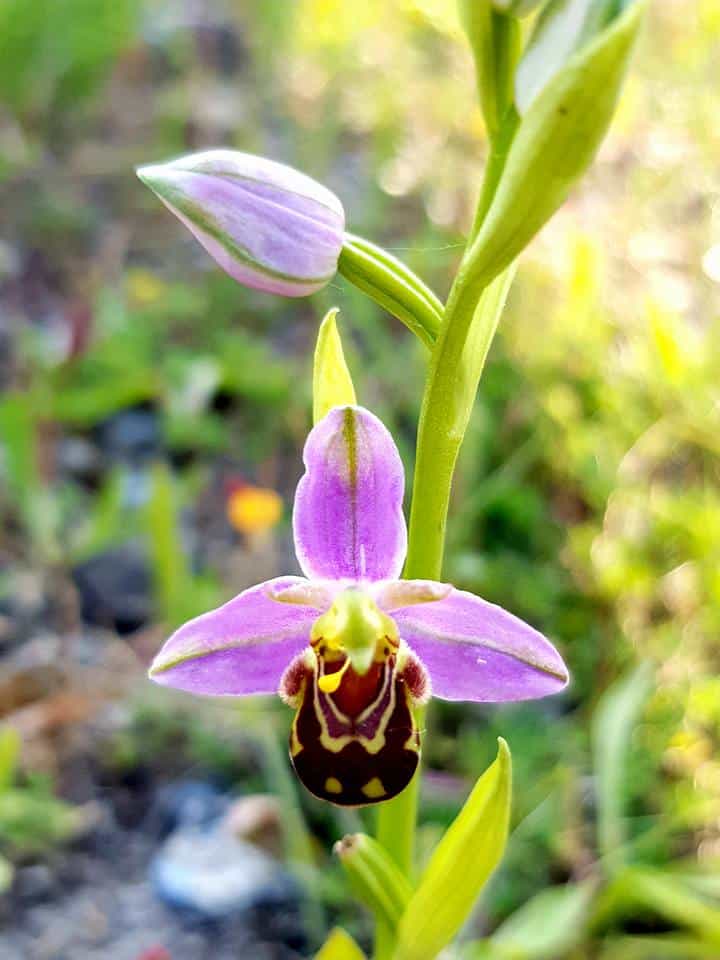It’s Nature Photography Day!
June 15th each year is a day to promote the enjoyment of nature photography and how images can be used to raise awareness of conservation both locally and globally. Photos can be invaluable in conservation directly, with ecologists often using photography banks to identify animals in the wild through their unique markings for example. But my favorite thing about nature photography is that it is a really easy way to engage with nature and learn more about the species we share our spaces with.
You don’t have to have a big fancy expensive camera to take photos of nature, the cameras on our phones now can take some incredible nature snaps! I used my mobile phone for all the photos you’ll see throughout this blog, and whilst I’ve loved animals all my life, exploring the natural world through photography really did spark my interest in flowers, bugs and fungi!
I thought I’d share with you this week my top five places to visit during the summer for nature photography in our little corner of Kent.
Sandwich Bay
Ok I might be biased with this site because it is my local patch, but honestly what a patch to have! I’m so lucky to have Sandwich Bay Bird Observatory on my doorstep. As a volunteer I help monitor and record the wildlife in the recording area, which is massive. From the highly designated reserve at Pegwell Bay to the sand dunes of sandwich bay, the whole area supports a dizzying array of wildlife. The Lizard Orchids dotted across the area are a must see! It has always been a rare species in the UK, but seems to thrive at Sandwich Bay. You can even see them growing in peoples garden’s on the Estate! Apparently they smell like goats, I can’t smell the comparison to be honest but they are whiffy!
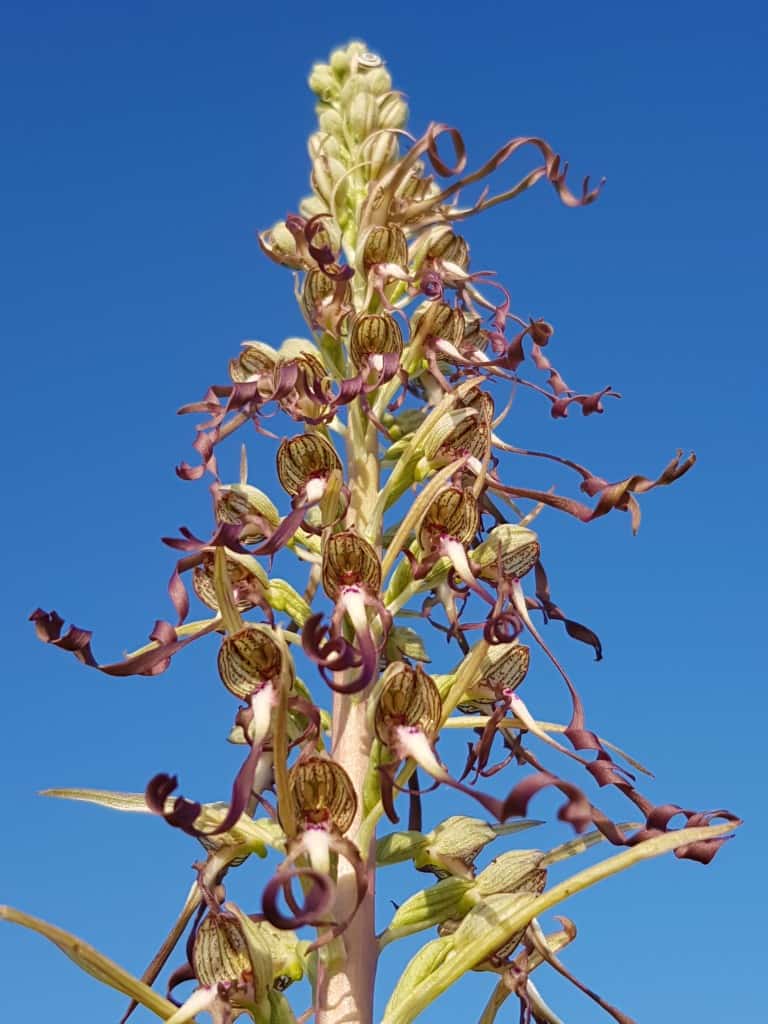
The newly created scrapes and pools on the RSPB Worth Marshes (Lydden Valley) reserve is just mind blowing, but the whole area is connected by rich grassland. For my bird photos I put my phone on my binoculars or telescope to use it as a lens. My favourite spots for nature photography are the bird hides at Restharrow Scrape, as you can get exceptionally close to birds there, but I also enjoy trying to photograph the hoards of bees, wasps, beetles, and butterflies that flit between the wildflowers on any of the fields surrounding the Bird Observatory.
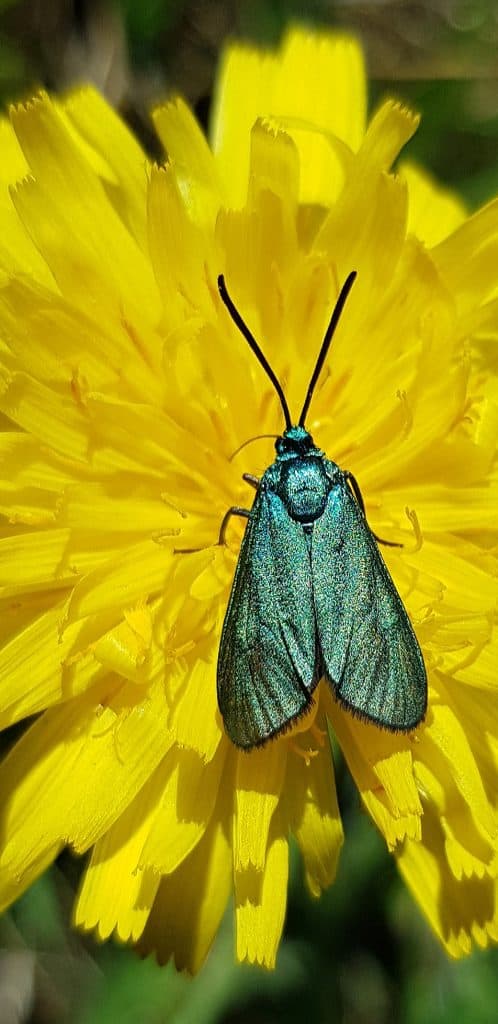
Access is free to members of the Observatory, and only £1 at the toll for non-members visiting the area. With most areas fully accessible to anyone with restricted mobility, it really is one of the top nature hotspots for me. Any time you’re walking along the coast, keep an eye out for seals. They Grey Seals can be quite nosey here and come quite close to check you out sometimes!

Park Gate Down
I couldn’t believe my eyes when I first stumbled across this little reserve just south of Canterbury. I spent hours in the first field photographing the variety of orchids, I think I found five species of orchid here in the end. The chalk grassland is home to thousands of monkey orchids, one of my favourites as you can see the petals really do look like monkeys!
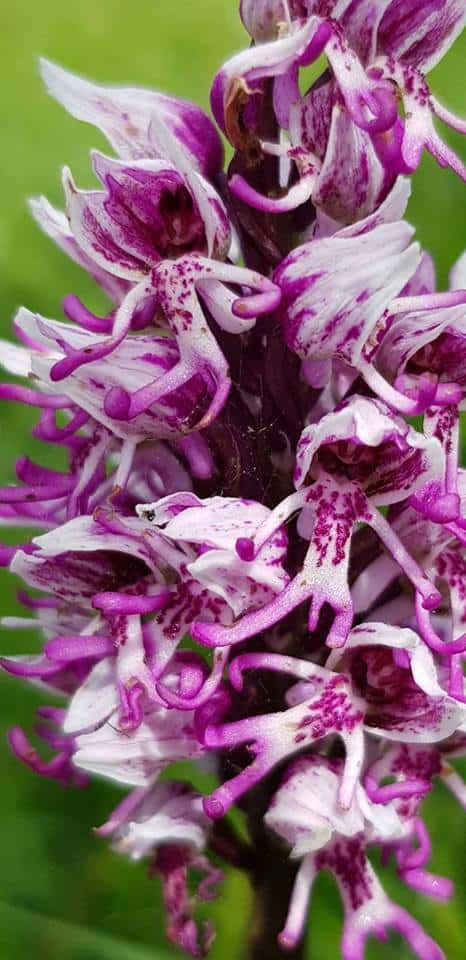
As you walk through the two main fields, there are opportunities to photograph a rich array of other wildflowers plus one of our smallest orchids in the UK the musk orchid if you’re lucky enough to find one hidden in the grass! Continuing on there are also scrub areas and fringing woodland which offer another interesting habitat to explore, and yes you’ll find more orchids growing under the trees here too and I had a great encounter with a Spotted Flycatcher here.
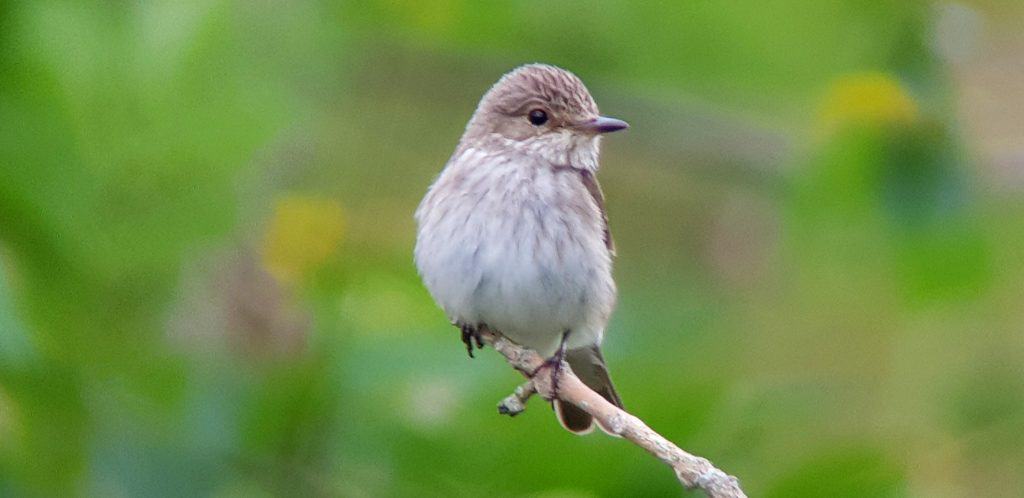
It’s not great access for all as there are some kissing gates to get through and fairly uneven terrain. Parking is also fairly limited here, so it’s worth getting there early unless you’re planning a long walk/cycle to the site. Like all of my top five nature photography spots, there is no entry or parking fee, you just park up by the side of a layby and walk into the fields to explore the reserve.
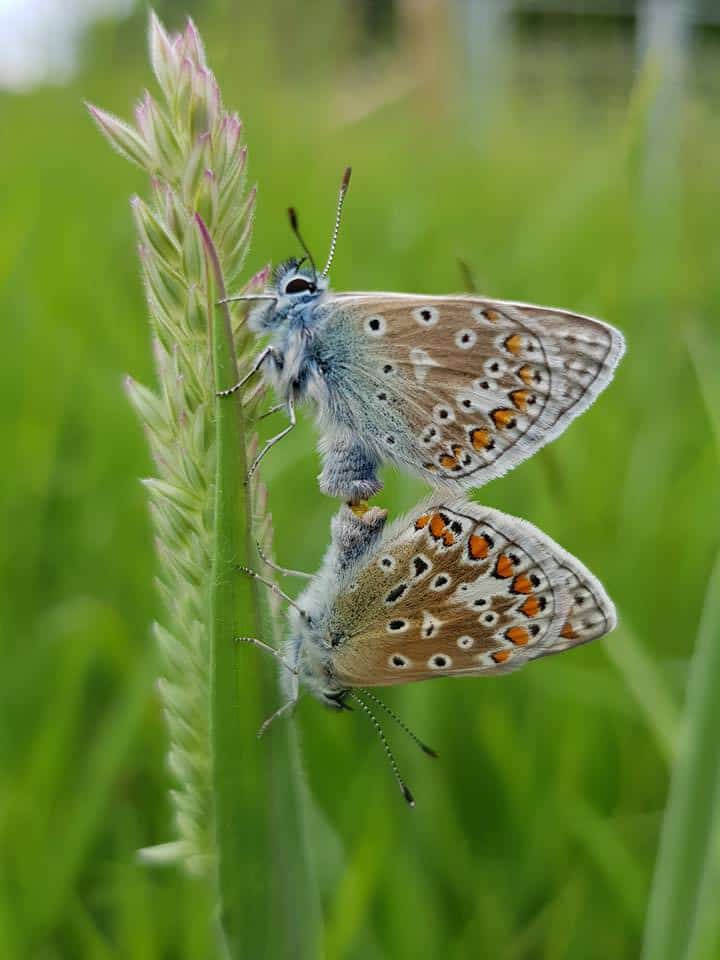
South Foreland
To be fair, any stretch of the white cliffs offers fantastic coastal views, and all are teaming with interesting flora and loads of wildlife. South Foreland is my go-to for a clifftop walk as there is a lighthouse which lifts any landscape photo, plus there’s a nice tearoom with cake to enjoy too.

To be honest, as I don’t have a huge camera, I mainly find myself chasing after butterflies and photographing any interesting flowers and insects I find. Up here is a great spot for more orchids, but I often find Wasp Spiders in the long grass. I know they look a bit scary, but they’re harmless and I think they are one of the most beautiful spiders we can find here in the UK.
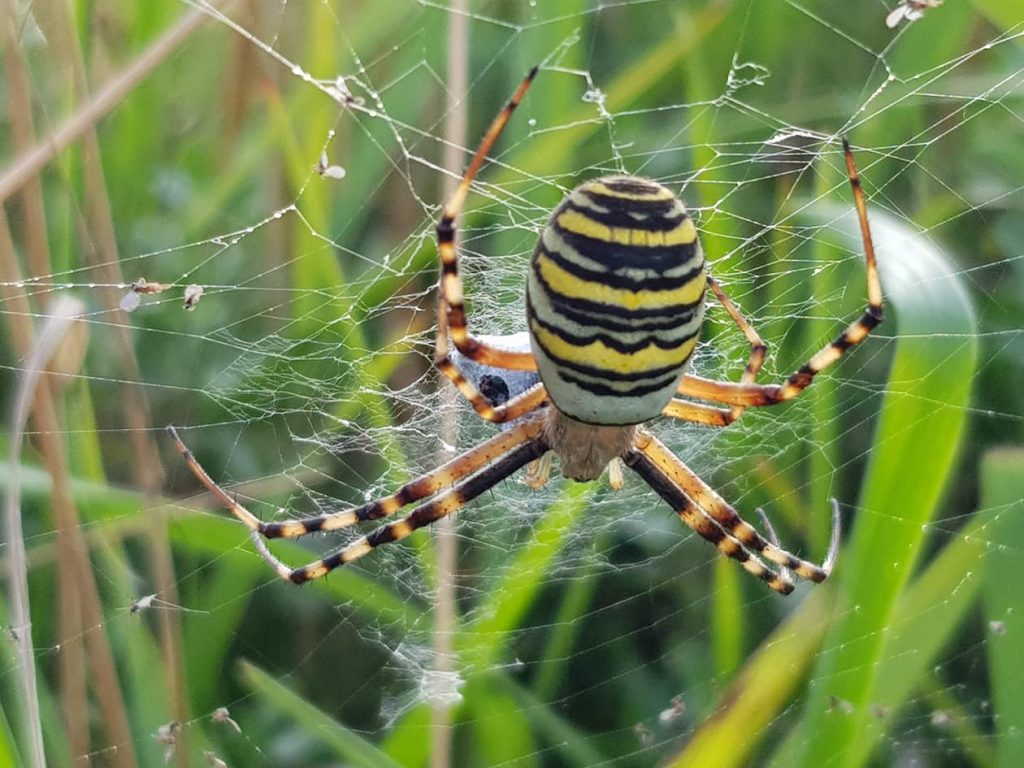
This site is also a hotspot for birders in spring and autumn, but singing Skylarks overhead are THE sound of summer for me. I’m often lucky with seeing Peregrine Falcons here, and a few years ago a couple of juveniles perched on the cliff in front of me playing with a big worm they had found! Sometimes, they whiz by so close that they’ve looked me in the eye. I’m always astounded watching our world’s fastest animal. Just wow.
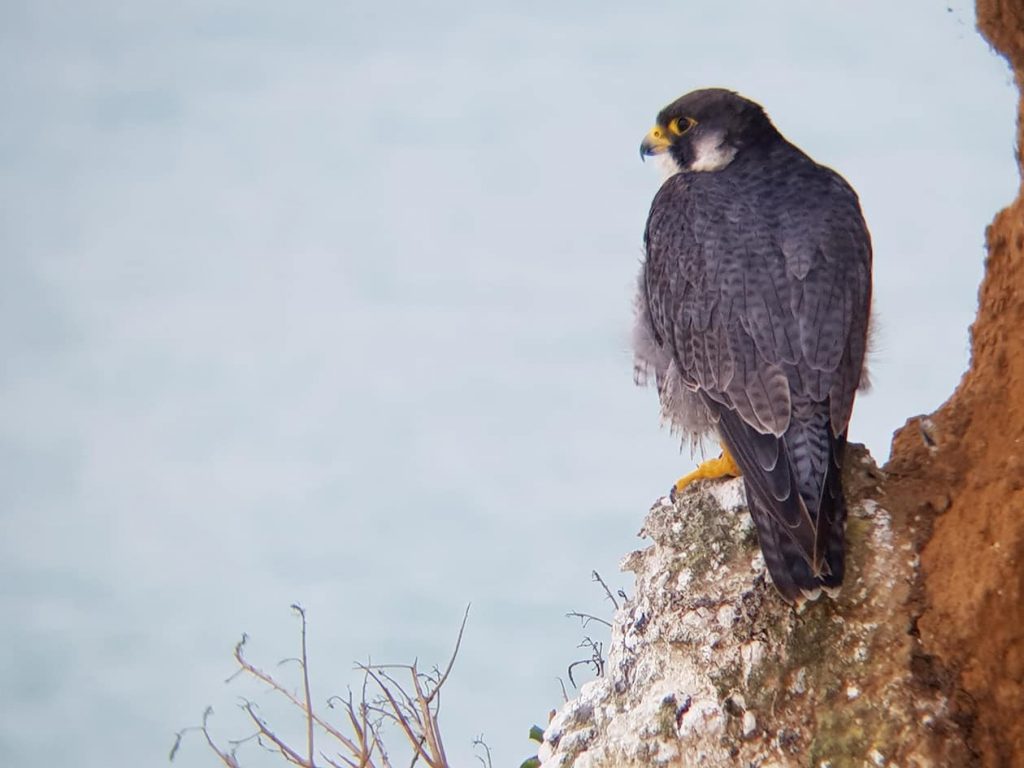
Bonsai Bank
We’re quite lucky in Kent to have a few sites to explore ancient woodland, but this site in Denge Woods is a must visit in the summer. This time of year, the rare Duke of Burgundy butterflies are on the wing along with Grizzled Skippers, and this is such a good site to try and photograph them. If you’re into other lepidoptera there are several species of rare moth to be discovered here as well along with lots of bees and other invertebrates.
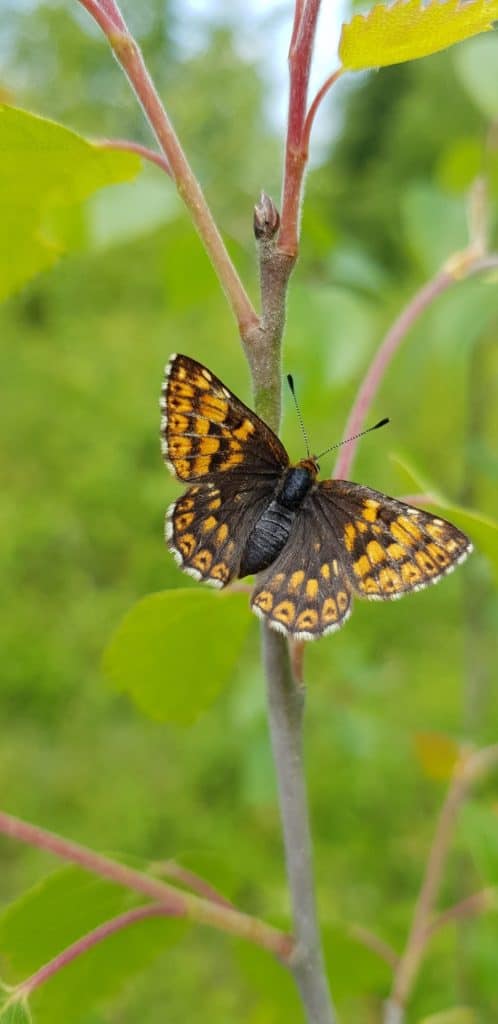
On the walk to the site, I always keep an eye out for butterflies along the grassy banks. The wildflowers here are also interesting and if you’re lucky you might hear the song of a Nightingale! The entrance to Bonsai Bank is quite hidden, but through a little kissing gate you’re greeted by a really interesting habitat.

Dotted throughout the reserve in summer are several orchid species, but the swathe of Lady Orchids are the most notable species here. A walk through the woods and flower-rich glades here can be challenging at times as it is quite steep in places. But again, there is no charge for parking as you walk in from the road/track.
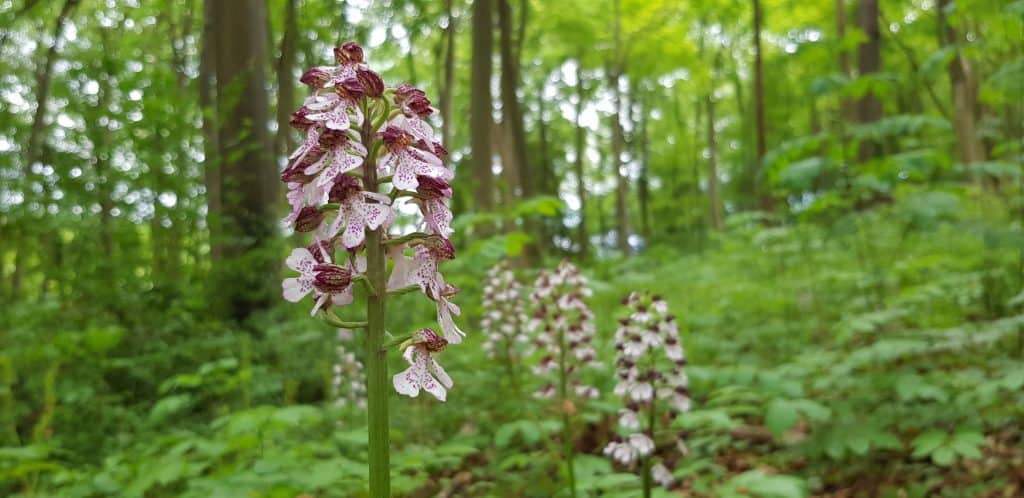
Knole Park
Okay okay, so it is cheating a little bit because the deer at Knole Park are managed by the Knole Estate, but I don’t care! I think it’s the best place in the southeast to photograph these majestic mammals and finetune those deer identification skills! It wouldn’t be my blog if I didn’t include a video. On a rather foggy day, I was delighted to see the jackdaws pulling fur from the deer’s backs and eating any unwanted parasites. The deer often bend their heads down so the birds can pick out little morsels of food from inside their ears!
As well as the deer, there are also lots of woodland invertebrates to discover, and still on my list to spot is the rare Oak Pinhole Borer! A good excuse to go back again this summer. The site is a bit of a trek for me but it’s so worth the drive for an enjoyable day out.
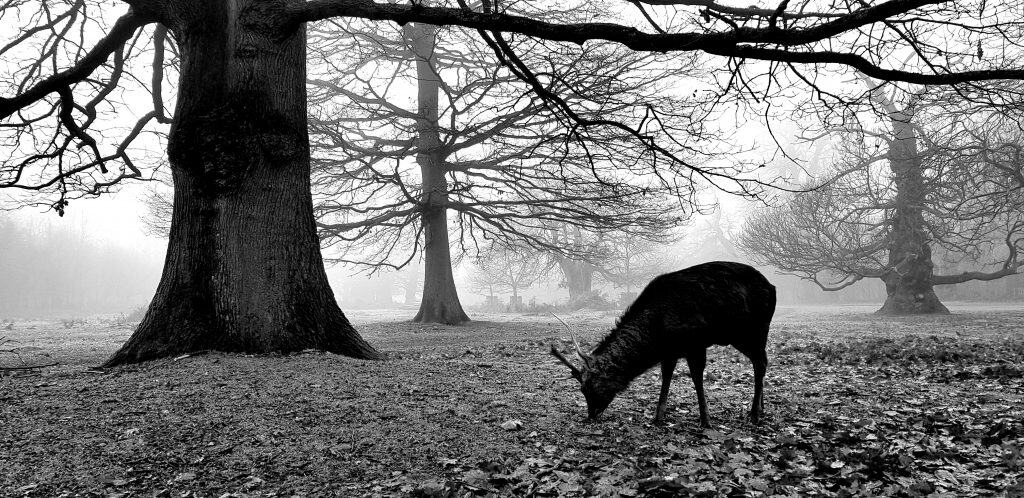
It’s been really hard just choosing a selection of nature photos, I take so many! But I hope my blog this week has motivated you to go outside with the camera and enjoy some nature photography! I’ll leave you with a nice Bee Orchid photo I took at Pegwell Bay. Isn’t nature amazing?
